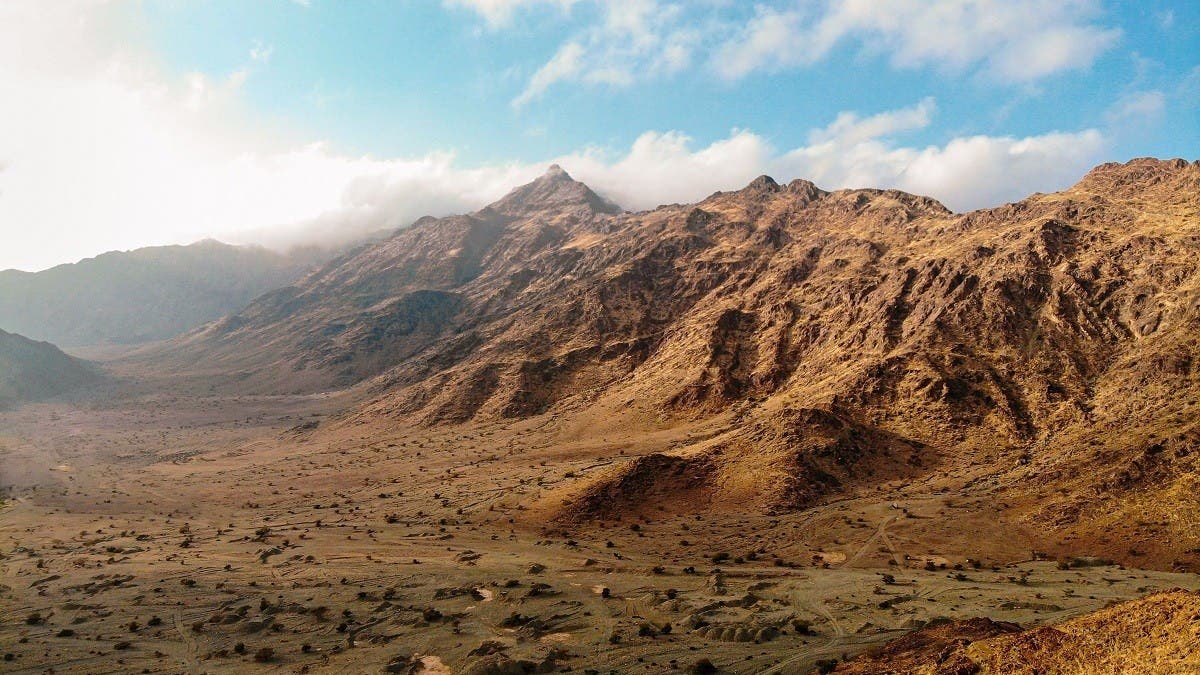Paleontologists have uncovered fossils dating back 80 million years across the Red Sea project area in Saudi Arabia, the Red Sea Development Company (TRSDC) said in a statement.
Findings from a 10-day dig, carried out by the TRSDC and the Saudi Geological Survey (SGS), have revealed fossilized remains of sea-cows, crocodiles and turtles, as well as bones of mosasaurs, a family of giant marine lizards that existed between 80 and 66 million years ago and reached up to 18 meters in length and 14 tons in weight.
For the latest headlines, follow our Google News channel online or via the app.
All the fossils are said to have existed between the Cretaceous to the Eocene period.
These findings come in addition to a “prior discovery of a partial plesiosaur skull,” recovered from the same site, the statement added.
“Paleontology is a growing area of study within the Kingdom, and we are hoping to help support interest in discovering the ancient heritage buried along our coastline,” said John Pagano, CEO of TRSDC.
Over 1,600 historical and geological sites have so far been identified within TRSDC’s development area.
The findings also reportedly reveal that the Red Sea went deeper than 200 meters compared to today’s actual sea level, and that the seawater encroached and flooded inland by approximately 100 kilometers over time.
Researchers accompanying the team also identified “signs of prehistoric human activity” in the form of prehistoric rock art termed ‘petroglyphs.”
However, the origin or identity of these art forms are yet to be determined.
Abdullah Shamrani, the CEO of SGS, voiced the significance of the partnership between SGS and TRSDC, and reaffirmed that the Kingdom’s commitment to safeguard the country’s heritage.
“This partnership between SGS and TRSDC intends to unveil important geological discoveries along the Red Sea region, and we are committed with our significant partner to protect and develop the priceless geological and historical heritage in the Kingdom to produce sustainable touristic destinations in accordance with the Kingdom’s 2030 Vision,” Shamrani said in the statement.
“I’m sure we’ll discover important landmarks for geology that tourists from around the world will want to see and learn about for themselves,” he added.
The entirety of the Red Sea Development is expected to complete by 2030, with work on track to receive visitors by next year.
The development aims to complete construction of 16 hotels by the end of 2023, while the larger 2030 project will see 50 resorts and 1000 residential properties across 22 islands and six inland sites.
Currently, a 100-hectare nursery is in place to provide more than 25 million plants for the project. More than 20,000 workers are on-site to get the development on track and has seen 90 kilometers of new roads.
Read more:
Archaeologists in Saudi Arabia excavate forgotten kingdoms
Egypt displays trove of newly discovered ancient artifacts at Saqqara near Cairo
Off the wall: The artists who are the face of the Gulf street art scene


 World3 years ago
World3 years ago
 World3 years ago
World3 years ago
 Business1 year ago
Business1 year ago
 Entertainment7 years ago
Entertainment7 years ago
 World7 years ago
World7 years ago
 Entertainment7 years ago
Entertainment7 years ago




